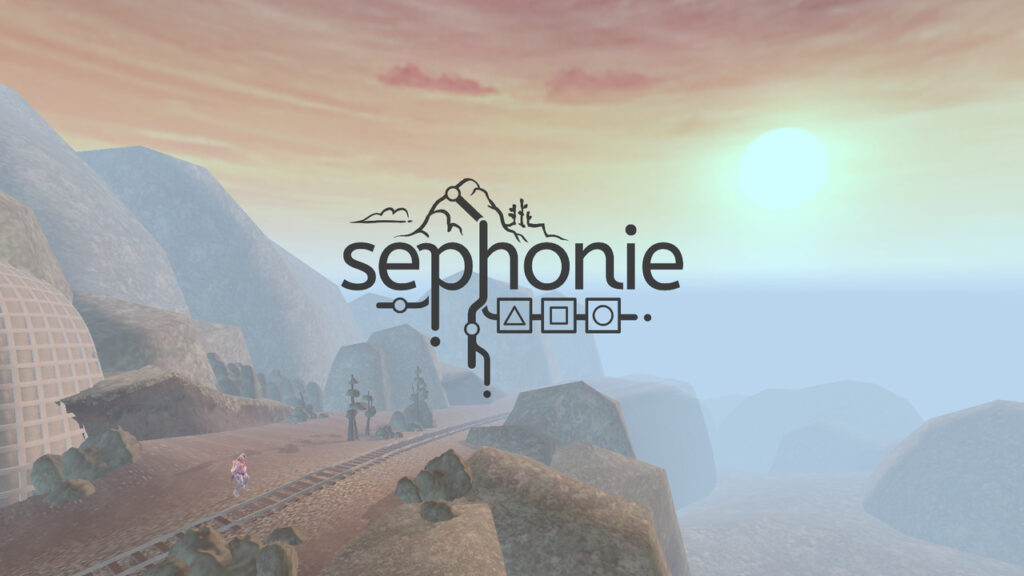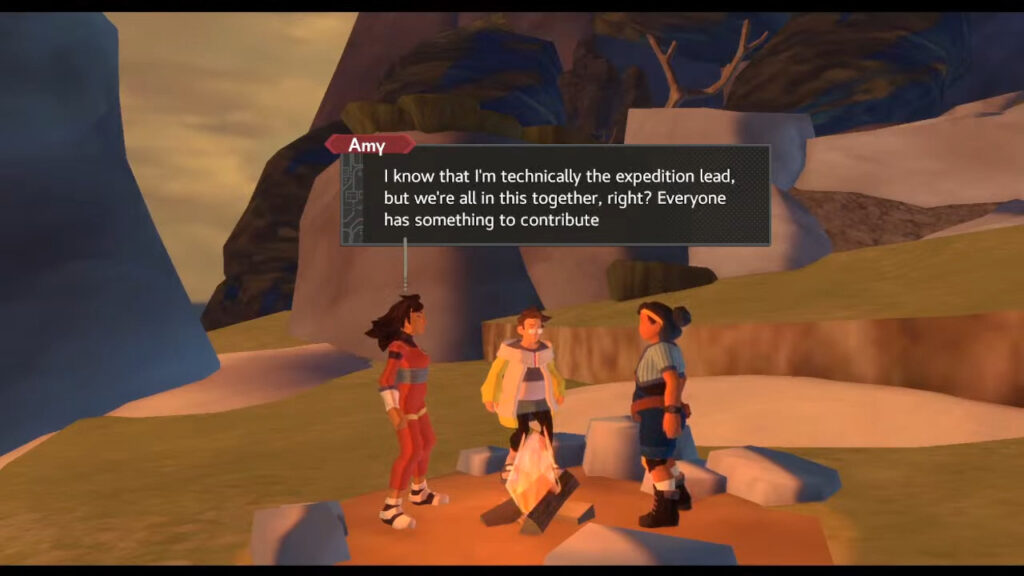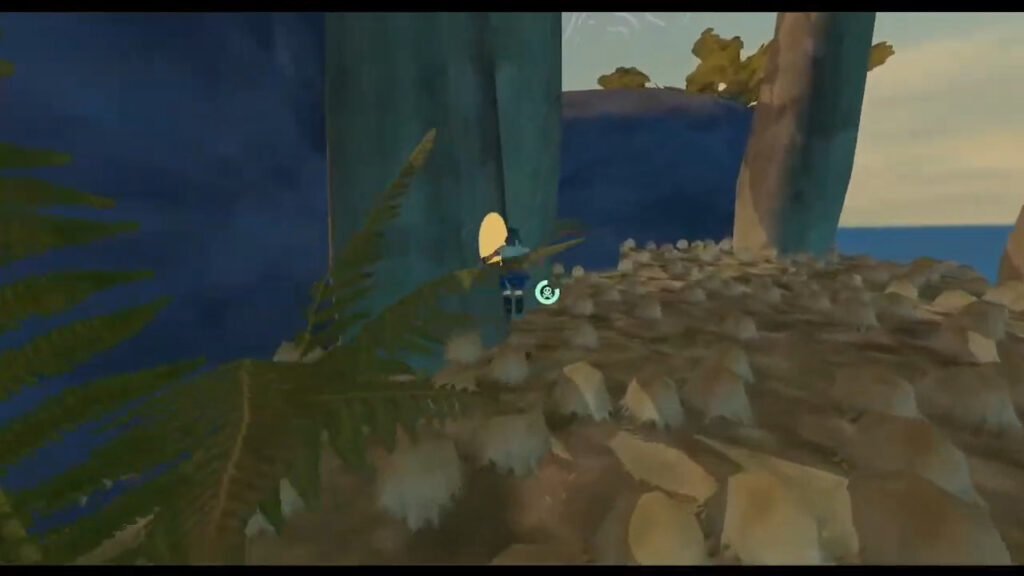
Developer: Analgesic Productions
Publisher: Ratalaika Games
Platform: PC, PS4, Xbox One, Switch
Tested on: PC
Sephonie – Review
A little over a year ago, we took a look at Anodyne 2: Return to Dust, a game that combined puzzle gameplay with 3D platforming, topped off with a story that wanted to make the player reflect on the choices they made early on into the game. It looks like Anodyne‘s indie developers Melos Han-Tani and Marina Kittaka, better known as Analgesic Productions, are back up to similar tricks with their newest title Sephonie, as it takes on a similar yet different approach. How does this spiritual successor to Anodyne 2 hold up?
Story
Developer Analgesic Productions describes Sephonie as a “story-driven platformer”. Having spent time with the game, we can certainly confirm that the story plays a huge part in the Sephonie experience, but we’re not quite sure what to make of what said story is supposed to be. The basic premise is simple enough: three scientists go on an expedition to a mysterious island -the titular Sephonie- in order to do some research. After this initial setup, however, Sephonie’s story quickly starts to unravel into something that makes very little sense. There are some brilliant moments occasionally, but these are overshadowed by the sheer strangeness that comprises the majority of what unfolds on your screen. This makes it difficult to explain Sephonie’s story beyond its initial setup, either because there are underlying meanings present in the dialogue that require contextual knowledge or simply because by explaining specific things, the intended sense of wonder is ruined.
Without delving into specifics too much, the game takes each of its three main characters on a journey of self-reflection, and in turn, it hopes to do the same with the player. The three characters, Ing-wen, Amy, and Riyou, are strongly written as individuals although the way they are linked together feels a bit contrived: all three share Taiwanese heritage -just like the developers-, even though only Ing-wen hails from Taiwan. The other two are Taiwanese-American and Taiwanese-Japanese respectively. The story delves into their cultural differences and the way these three characters view the world based on their upbringing, as well as delving into their sexual orientation, with two of the three characters identifying as gay. Unfortunately, this is implemented in a very hamfisted way, with the game utilizing sexual orientation as a prop, rather than as a personality aspect. The story itself is told as a visual novel of sorts, as the island confronts our trio of heroes with who they are.
Graphics
The idea of a cavernous network set on a mysterious island seems like it would be a fantastic setting for visual creativity, so it’s a bit of a letdown to see that Sephonie fails to deliver when it comes to visual execution. The game looks like it wouldn’t be out of place on the PS2, which feels odd to say about a release from 2022. It’s fine for the puzzle gameplay parts, but Sephonie never lives up to its potential during cutscenes or during platforming sections. The upside is that the game’s underwhelming visuals aren’t too taxing on hardware, so the game runs buttery smooth.
Sound
For a game that is so driven by story, and which features lengthy visual novel-esque story sections, it’s a bit of a shame that there is no voice acting present. The music feels suitable and the sound effects are fine, but the lack of voice work really drags down the overall soundscape of the game. Combined with the poor visuals, this makes Sephonie a title that suffers from lackluster presentation, which is a shame because the potential to make an impact is ruined because of this.
Gameplay
The core of Sephonie’s gameplay is built around classic 3D platforming gameplay, although there is a secondary gameplay style introduced early on in the form of a puzzle game reminiscent of Tetris. It’s clear that a lot of thought was put into the level design, and anyone that enjoys 3D platformers will absolutely love jumping, dashing, and exploring their way through. Of note is that there is no specific set route to take here. There are many diverging paths -which ties into the idea behind Sephonie’s story- and finding the optimal route from point A to point B feels satisfying enough. There are plenty of secrets to discover too, and the game takes a quasi-Metroidvania approach by introducing new abilities and items that allow you to reach areas that you couldn’t before as you progress through the game. As such, revisiting previous sections makes sense and it vastly improves the game’s longevity, although you’re still only looking at roughly 10 hours worth of content here.
While each of the three scientists that make up Sephonie’s cast have vastly different personalities, they feel interchangeable when it comes to gameplay. Exploring the outside of the island as well as the vast network of caves that make up Sephonie is fun, and the gradual introduction of new obstacles to overcome keeps things fresh. Admittedly, the game did need this approach, because although the platforming gameplay is good, it doesn’t feel like something we haven’t seen before. It’s not particularly punishing either: there are plenty of checkpoints and although the combination of dashing and jumping can be tricky to pull off occasionally, overall you’re not looking at an overly difficult platformer.
The aforementioned puzzle game represents the so-called ONYX link system, which is used by the scientists to document the creatures and plants found on Sephonie. Things start out easy enough as you link blocks of the same color in order to create a link with a target species and document it, but just like with the platforming gameplay, new elements are gradually introduced that make things more challenging. For the most part, using the ONYX link system is entirely optional, although there are a handful of mandatory “boss battles” that you’ll need to do in order to see the game through to the end.
There is an impressive array of options available to make Sephonie more accessible. There’s an easy mode for the ONYX link system, for example, which means that if you become frustrated with the higher difficulty level of the later stages of the game, you can simply circumvent them in order to continue playing through the story. Likewise, the platforming gameplay itself can be made a lot easier through the infinite dash and infinite jump options. While seasoned gamers won’t find it necessary to enable these options, it does mean that Sephonie opens up towards an audience less experienced with games like this.
Conclusion
Although Sephonie’s gameplay is definitely worth looking into, the disappointing audiovisual presentation and contrived story make the game a tough nut to crack before you get to the good stuff. We understand the idea behind the story that Sephonie wants to tell and why it touches upon certain themes, but the end result comes across as a mess. The gameplay does save it somewhat but ultimately, Sephonie doesn’t bring enough to the table to outright recommend it.










No Comments